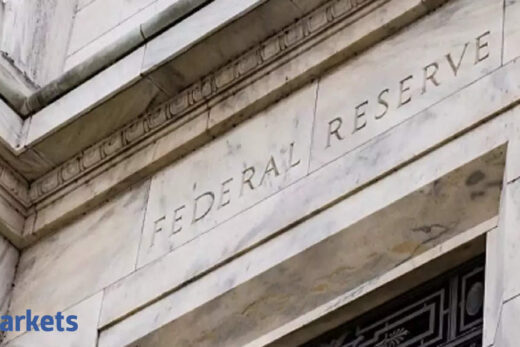Since the release last week of a strong US jobs report, which showed an unexpectedly sharp drop in the unemployment rate to 5.4% in July, a flurry of Fed officials have suggested the US central bank might start reducing its $120 billion in monthly purchases of Treasuries and mortgage-backed securities (MBS) sooner rather than later.
Nearly two-thirds of respondents, 28 of 43, said the Fed is likely to announce a taper of its asset purchases – currently set at $80 billion of Treasuries and $40 billion of MBS per month – at its September meeting.
But while that timing has become more likely in the minds of many Fed watchers over the past month, it is by no means a done deal for all of them.
“I know some Fed officials are pushing for it to happen at the September meeting, but that is very unlikely,” said Jim O’Sullivan, chief US macro strategist at TD Securities.
“November is possible if the next two employment reports are strong enough, but the odds favor December as the time of the formal announcement.”
More than one-third of respondents in the poll said the central bank’s policy-setting Federal Open Market Committee (FOMC) will wait until November or December. None of the respondents said it would be announced at the Fed’s central banking conference in Jackson Hole, Wyoming, this month, compared with the more than one-quarter who said in a June poll that it would.
Nearly 60% of respondents, 26 of 43, said they expected the Fed to start the reductions of its asset purchases in the first quarter of next year. Nearly all the rest said it would happen in the fourth quarter of 2021.
The poll concluded the Fed will start with monthly reductions of $10 billion in its purchases of Treasuries and $5 billion in those of MBS. Some responses were as high as $20 billion for both Treasuries and MBS.
More than 80% of respondents, 24 of 29, said they expect the Fed to stop purchasing assets by the end of next year.
JOBLESS RATE TO LAG
US inflation data for July, which was released this week, suggested to many that price pressures may have already peaked in the world’s biggest economy.
Still, the core personal consumption expenditure price index was predicted to average 3.1%, 2.5% and 2.1% in 2021, 2022 and 2023, respectively, above the central bank’s target of 2%.
But the unemployment rate is likely to remain above its pre-pandemic level of 3.5% for at least a year, according to 32 of 37 economists who replied to a separate question.
“We suspect recovering half of the job losses is sufficient for many on the FOMC to begin tapering, particularly in light of the Committee’s view about upside risks to the inflation outlook,” said Michael Gapen, chief US economist at Barclays.
Still, the Fed was expected to keep its key interest rate unchanged at near zero at least until 2023.
“Relative to the performance of its economy, the US central bank is the most dovish in the world and is likely to start its hiking cycle a year or so later than normal. Moreover, if growth falters the Fed will simply delay even longer,” said Ethan Harris, global economist at Bank of America Securities.
Buoyed by around a trillion dollars of fiscal stimulus, ultra-easy monetary policy and a rapid COVID-19 vaccination drive, the US economy surpassed its pre-pandemic level with an annualized 6.5% expansion in gross domestic product last quarter – the fastest recovery in the nation’s history.
But economic growth is expected to average 6.2% in 2021, a significant downgrade from the 6.6% predicted a month ago, according to the poll, as the rapidly spreading Delta variant has pushed the number of new coronavirus cases to more than a six-month high.
The poll showed GDP growth slowing to 4.2% in 2022 and 2.4% in 2023 despite the Senate’s passage of a $1 trillion infrastructure bill on Tuesday and the start of a debate on a separate $3.5 trillion spending blueprint. The infrastructure bill, which has not yet been passed by the US House of Representatives, would be the biggest US investment on roads, airports and waterways in decades.



